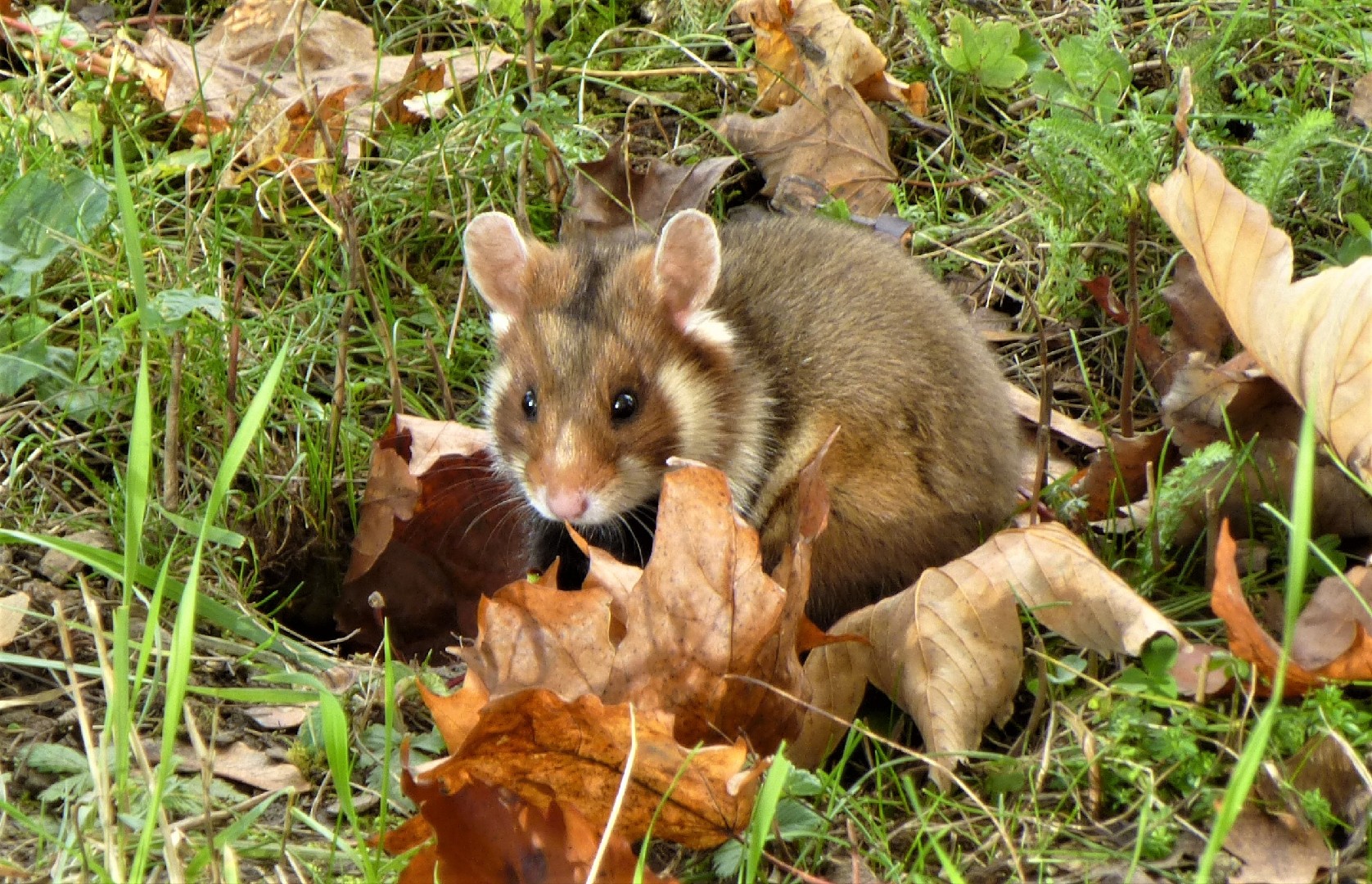European hamster
A species of European hamster, Also known as Black-bellied hamster Scientific name : Cricetus cricetus Genus : European hamster
European hamster, A species of European hamster
Also known as:
Black-bellied hamster
Scientific name: Cricetus cricetus
Genus: European hamster
Content
Description People often ask General Info
 Photo By Sphoo , used under CC-BY-SA-4.0 /Cropped and compressed from original
Photo By Sphoo , used under CC-BY-SA-4.0 /Cropped and compressed from original Description
The European hamster has brown dorsal fur with white patches. The chest and belly are black. The tail is short and furred. It is much larger than the Syrian or dwarf hamsters, which are commonly kept as pets. It weighs 220–460 g (7.8–16.2 oz) and can grow to 20–35 cm (8–14 in) long with a tail of 40–60 mm (1.6–2.4 in). Its dental formula is 1.0.0.31.0.0.3. 
People often ask
General Info
Lifespan
2-3 years
Diet
European hamster primarily thrives on a vegetarian diet, consuming primarily seeds, fruits, and vegetables. Nevertheless, it also consumes a smaller amount of insects and small invertebrates, supplementing its nutritional requirements.
Appearance
European hamster has a stout, round body with short limbs, measuring 20-35 centimeters in length. Its fur is dense and soft, predominantly grey-brown on the top, with pure white underparts. European hamster's most memorable features include its cheek pouches which it uses for transport of food and its short tail. There are no notable variations in appearance due to age, gender, or subspecies.
Behavior
European hamster is solitary, nocturnal, and exhibits a behavior of storage and hoarding large amounts of food in the captive environments. This species is also notable for aggressive territoriality, fiercely defending its living space and marking it with gland secretions. In the wild, european hamster undergoes periodic torpor during winter to survive harsh conditions.
Population
Decreasing
Scientific Classification
Phylum
Chordates Class
Mammals Order
Gnawing mammals Family
Cricetids Genus
European hamster Species
European hamster